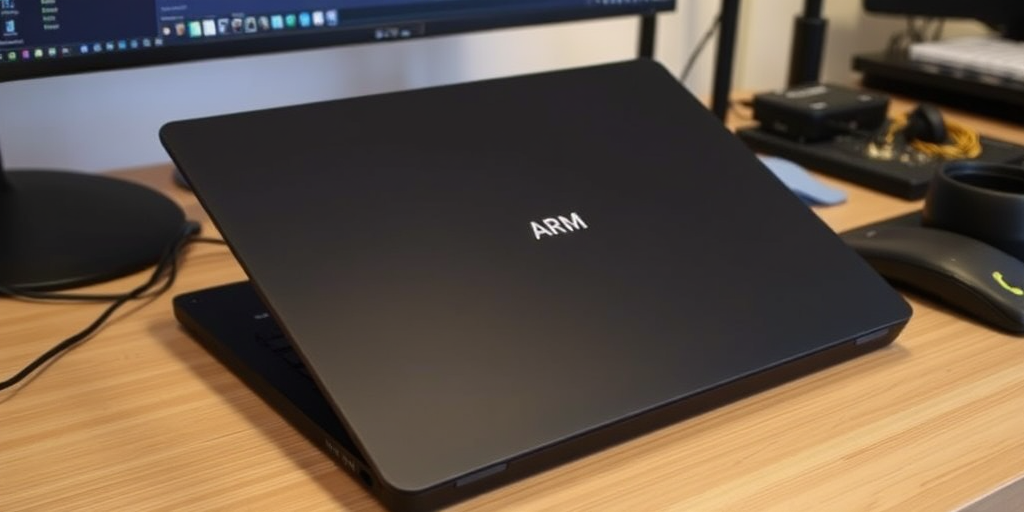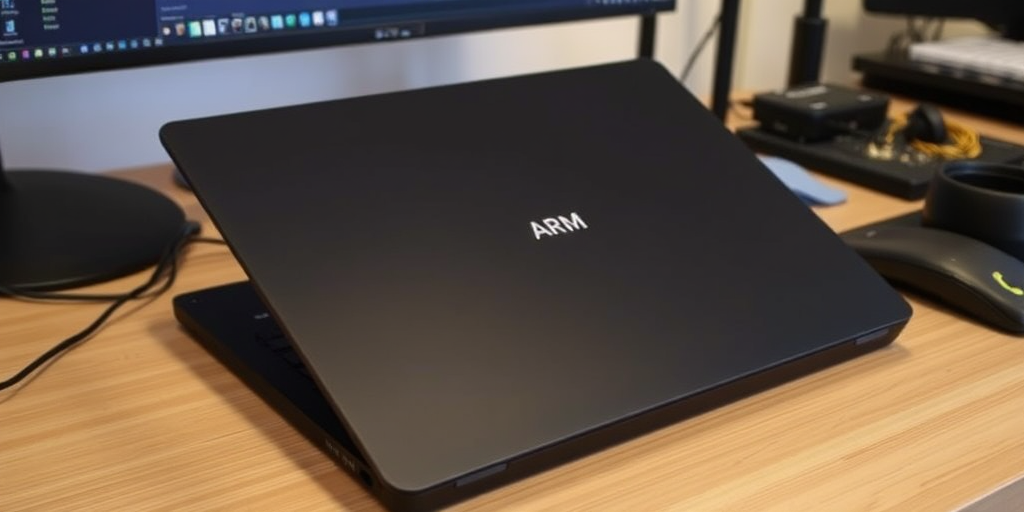Can high performance and exceptional efficiency truly exist in the same laptop? With today’s ARM-based machines, the answer is a resounding yes. These devices merge the power of advanced RISC architecture with the sleek evolution of mobile computing, delivering impressive battery life and reliable everyday performance without compromise. In this deep dive, we’ll explore how ARM innovation is redefining the rules, challenging the dominance of traditional x86 systems, and setting new standards in portable computing. Discover how these agile, energy-efficient laptops are shaping the future of mobility and performance.
Technical Innovations in ARM-Based Laptops: Performance Meets Efficiency

ARM-based laptops now boast energy optimization breakthroughs that reimagine lightweight processor efficiency and advanced circuitry developments. Manufacturers are pushing the envelope with a dedicated Copilot button, integrated NPU for AI processing, and refined thermal management systems. These innovations are not only about faster performance but also about achieving significant power savings in everyday tasks like photo editing and productivity routines.
In addition to these major breakthroughs, the technology incorporates several integrated features that set ARM-based laptops apart. The built-in GPU ensures smooth visual performance while supporting efficient image rendering and multitasking under load. Key innovations include:
- Dedicated AI processing (NPU integration)
- Copilot functionality for enhanced user experience
- Improved thermal management systems
- Optimized integrated GPU performance
- All-metal robust construction
These features work in tandem to reduce energy consumption while maintaining a responsive user experience. The combination of advanced circuitry with streamlined power regulation mechanisms is critical for devices that must balance performance with prolonged battery endurance.
These technical advancements translate into real-world performance improvements. Enhanced AI processing capabilities lead to smarter task delegation, while refined thermal management actively prolongs component longevity. The robust all-metal construction and integrated GPU together deliver both durability and reliable performance during intensive productivity tasks. Overall, these advancements position ARM-based laptops as a competitive solution for users seeking energy-efficient yet high performing devices in a rapidly evolving computing landscape.
Comparing ARM-Based Laptops vs Traditional x86: Efficiency Meets Performance

ARM-based laptops represent an innovative notebook engineering leap that leverages energy‑smart hardware approaches and revolutionary low‑power systems. Our analysis highlights that these devices support native ARM applications and x86 emulation, delivering exceptional battery life and integrated AI features. In contrast, traditional x86 laptops excel in software compatibility, ensuring reliable performance with legacy applications and delivering high‑end gaming via dedicated graphics processors. The trade‑offs become evident: ARM systems prioritize energy efficiency and portability, whereas x86 machines focus on compatibility and raw performance for intensive tasks.
AspectARM-Based LaptopsTraditional x86 Laptops Battery LifeUp to 23 hoursTypically 8-12 hours PerformanceSmooth for productivity and AI tasksOptimized for high-end gaming Software CompatibilitySupports native ARM and emulated apps (with limitations)Broad compatibility with legacy software
The table above details core differences and underlines that ARM-based solutions provide a battery life advantage while efficiently handling productivity and AI tasks. It also illustrates that, despite support for emulated applications, these devices may struggle with certain high‑performance software scenarios—conditions under which traditional x86 laptops have a clear edge. Our evaluation suggests that the selection between these platforms hinges on the user’s need for prolonged battery endurance versus the requirement for comprehensive software compatibility.
Overall, our comparison reveals that ARM-based laptops are best suited for users prioritizing mobility, energy‑smart performance, and emerging AI deployment. Meanwhile, traditional x86 devices continue to serve professionals reliant on established software ecosystems and high‑intensity gaming or graphics applications. Each platform presents distinct benefits: ARM laptops push the envelope in low‑power design and integration of next‑generation features, whereas x86 systems maintain relevance through broad software support and robust performance under demanding workloads.
Challenges and Considerations for ARM-Based Laptops: Balancing Performance and Efficiency

ARM-based laptops face inherent challenges due to compatibility issues that affect both software and hardware. Many applications, including Lightroom Classic, TickTick, Arc browser, Google Drive desktop, VMware, select VPNs, and games employing anti-cheat systems, exhibit disruptions when executed in an emulated environment. These compatibility concerns extend to driver support and application optimizations, complicating the overall user experience and creating hurdles for migration from traditional x86 systems.
- Emulation limitations for some x86 applications
- Reduced support for high-end gaming and specialized software
- Dependency on optimized power‑regulation techniques
- Possible trade-offs with display technology (non‑OLED screens)
The current challenges underline the necessity for continued advancements in chip fabrication progress and thermal management innovations. Overcoming these limitations will depend on further refinements in robust power regulation and enhanced software compatibility frameworks, ensuring ARM laptops can reliably handle emulated applications without compromising battery performance or display quality. Future improvements should focus on bridging compatibility gaps, enhancing processing stability under intensive workloads, and refining display integration to meet the high performance and quality expectations of modern users.
Final Words
In the action, we examined key aspects, from technical innovations to benchmark insights, and compared ARM-based laptops with traditional x86 systems.
We detailed performance metrics, design benefits, and current challenges while exploring future trends and practical use cases.
Overall, our review reinforces The Rise of ARM-Based Laptops: Performance Meets Efficiency as a transformative shift, merging inventive computing power with energy-smart design.
Our analysis leaves us confident that emerging developments will continue to optimize everyday computing experiences.
FAQ
Q: Why are ARM processors more efficient than traditional x86 processors?
A: ARM processors achieve higher efficiency through their RISC architecture, which uses simplified instructions and requires fewer transistors. This design leads to reduced power consumption and enhanced battery life.
Q: What are the main benefits of choosing an ARM-based laptop?
A: ARM laptops offer extended battery life (up to 23 hours), efficient thermal management, integrated AI processing capabilities, and optimized performance for everyday computing tasks while maintaining a sleek design.
Q: How do ARM laptops handle software compatibility?
A: ARM laptops support native ARM applications and can run x86 programs through emulation. While most productivity software runs smoothly, some specialized applications may experience performance variations.
Q: What makes ARM processors ideal for mobile computing?
A: ARM processors excel in mobile computing by delivering superior power efficiency, generating less heat, and providing integrated AI capabilities while maintaining performance for common tasks.
Q: How do ARM laptops compare to traditional x86 laptops in performance?
A: ARM laptops excel in battery life and everyday tasks, while x86 laptops generally perform better in gaming and specialized software. Both platforms offer distinct advantages for different use cases.
Q: What is the future outlook for ARM-based laptops?
A: ARM laptops are positioned for growth with expanding AI capabilities, improved power efficiency, and increasing software optimization. Their role in mobile computing continues to evolve with technological advances.



